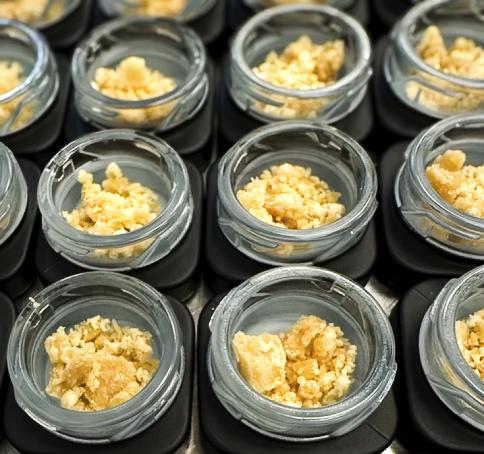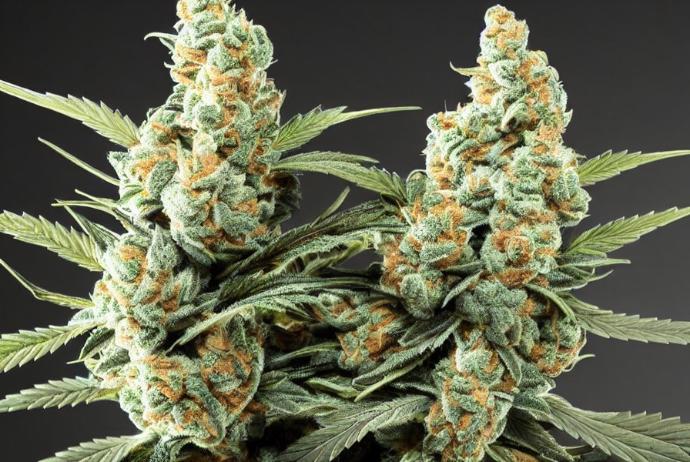Valencene is a naturally occurring sesquiterpene that imparts the sweet, juicy aroma of fresh oranges. Often overshadowed by its more famous citrus counterparts like limonene, valencene has carved its niche through its distinctive flavor profile and versatile applications. It is increasingly appreciated not only in the food and beverage industry but also in cosmetics and pharmaceuticals for its refreshing scent and potential benefits.
Historical Exploration of Valencene
Origins and Early Uses
Valencene's story begins with its association with Valencia oranges, from which it derives its name. Historically, the presence of valencene in nature was noted for its contribution to the characteristic aroma of citrus fruits, but it was not isolated or studied in detail until the advances in chromatography in the mid-20th century. Originally, these citrus essences were used primarily in culinary contexts and traditional medicines, valued for their vibrant, uplifting scents.
Transition to Commercial Significance
As the food and beverage industries began to seek more natural ingredients for flavoring, valencene became a prime candidate. Its extraction from Valencia oranges provided an authentic citrus flavor that was superior to synthetic alternatives. This paved the way for its broader commercial use, extending into perfumery and aromatherapy, where its bright, clean notes were highly sought after.
Natural Sources and Contributions of Valencene
Sensory Contributions to Plants
Valencene contributes significantly to the sensory profiles of the plants it inhabits, primarily enhancing their appeal through its vibrant, citrusy aroma. In oranges, it offers the fresh, sweet scent that is evocative of sunny orchards. Its presence is not merely for human enjoyment; it likely plays a role in attracting pollinators and may have evolved as a mechanism to help in the plant's reproductive processes.
Ecological Impact and Natural Sources
- Valencia Oranges: Primary source contributes to their signature sweet citrus scent.
- Grapefruits: Adds a slightly sweet note to the overall bitter profile.
- Tangerines: Enhances the sweet, tangy aroma characteristic of the fruit.
- Mangos: Subtly enriches the tropical bouquet.
These sources suggest that beyond human use, valencene plays an integral part in the ecological dynamics of these fruits, possibly aiding in defense mechanisms against pests and attracting pollinators.
Current Perspectives on Valencene
Recent Research and Product Innovations
Recent studies have explored valencene for its potential beyond flavor and fragrance. Its antioxidant properties are gaining attention, suggesting wider applications in skin care and dietary supplements. In the consumer market, valencene is celebrated in premium natural perfumes and as a key ingredient in organic food and beverage products, offering a touch of natural sweetness without artificial additives.
Extraction and Synthesis Methods
The traditional method of extracting valencene involves cold-pressing citrus rinds, a technique that ensures the preservation of its delicate aromatic properties. However, advancements in biotechnology have led to the development of microbial synthesis of valencene, providing a sustainable and consistent supply without relying on extensive citrus cultivation, which can be resource-intensive.
Gibby's Garden in Uxbridge Thoughts of Future Trajectories of Valencene
Innovations in Extraction and Ethical Considerations
Innovation in the extraction and synthesis of valencene focuses on increasing yield and reducing environmental impact. The shift towards microbial synthesis could decrease the dependency on agricultural land and water resources, posing fewer ethical concerns about resource use and sustainability. This technology also offers the potential for producing valencene in regions where citrus cultivation is not possible.
Market Development Potential
The market for valencene is expected to grow, driven by consumer demand for natural and environmentally friendly products. As awareness of its benefits increases, and as technology makes its production more accessible, valencene could see expanded use in a range of industries, from health and wellness products to eco-friendly cleaning agents.
Conclusion: The Essence of Valencene
Valencene embodies the essence of nature's bounty—its ability to enhance our sensory experiences and contribute to well-being highlights its cultural and holistic significance. As we continue to explore and understand the full potential of terpenes like valencene, their role in sustainable practices and natural health products becomes increasingly important. Valencene not only connects us to the natural world but also offers a glimpse into the future of natural ingredient applications, emphasizing the blend of tradition with innovation.























